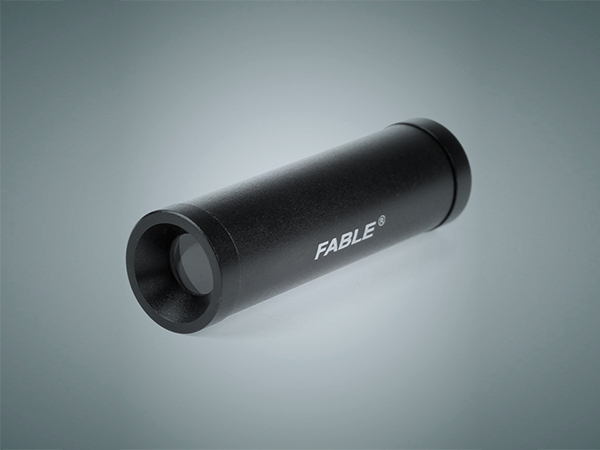Hand-held grating spectroscope -FGS-1

White light can be decomposed into monochromatic light of different wavelengths by using a dispersion element (prism or grating) and a continuous visible light spectrum can be formed.
Various pigment ions (transition group elements, some rare metals (elements) and radioactive elements) contained in gem have different degrees of selective absorption of visible light spectrum.
Absorption bands and absorption lines in the spectrum of gemstones have fixed absorption positions, which can be used to identify the variety of gemstones and help to point out the cause of gemstone color.
Purpose:
Helps identify gemstone names with typical spectra; For example, the typical absorption line of zircon 653.5nm has the identification significance; The 415.5nm typical absorption line of diamond has the significance of identification.
To help distinguish certain natural stones from synthetic stones; For example: natural blue spinel shows complex iron spectrum; Synthetic blue spinel shows typical cobalt spectrum.
To help distinguish certain natural stones from processed stones; For example: natural green jade red region at 630-690nm showed three ladder absorption spectrum; Colored jadeite (artificially treated) shows a fuzzy absorption band in the red region.
Helps distinguish certain gems from imitation gems; Such as: ruby chrome spectrum, red glass rare earth spectrum; Emerald show chromium spectrum, green yttrium aluminum garnet show rare earth spectrum.
Helps determine the chromophobe in the gem; For example: ruby chrome spectrum, olivine iron spectrum, synthetic blue spinel cobalt spectrum, zircon rare earth spectrum
